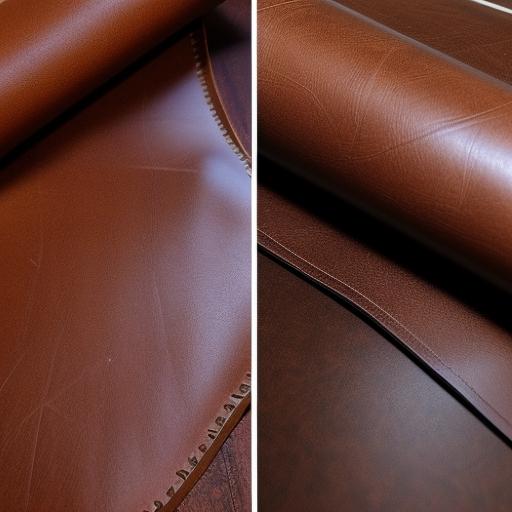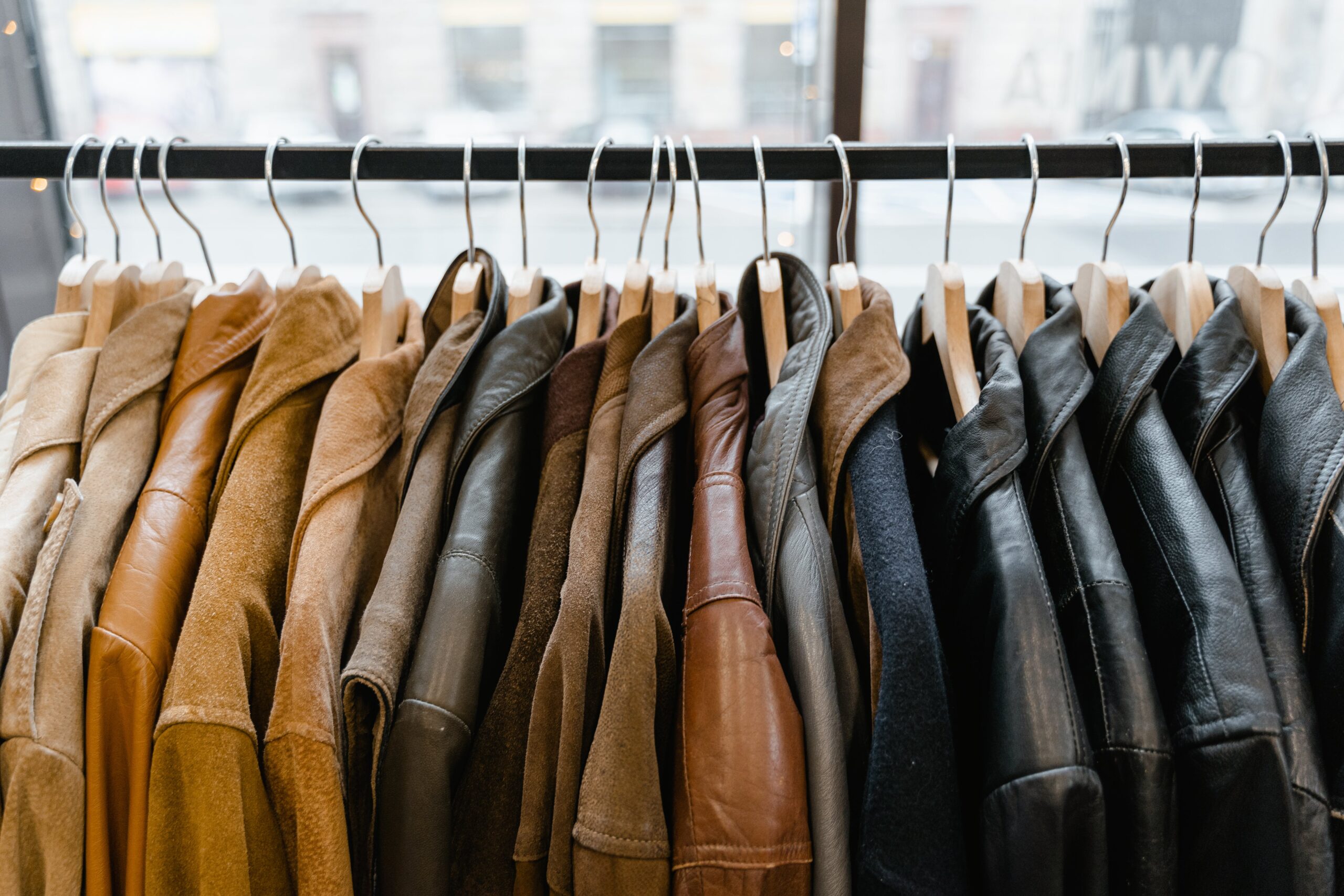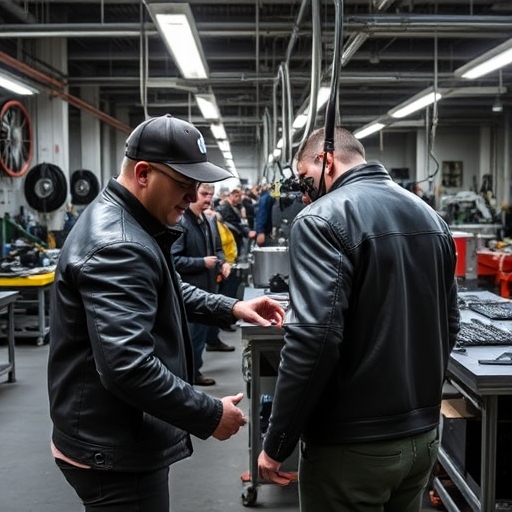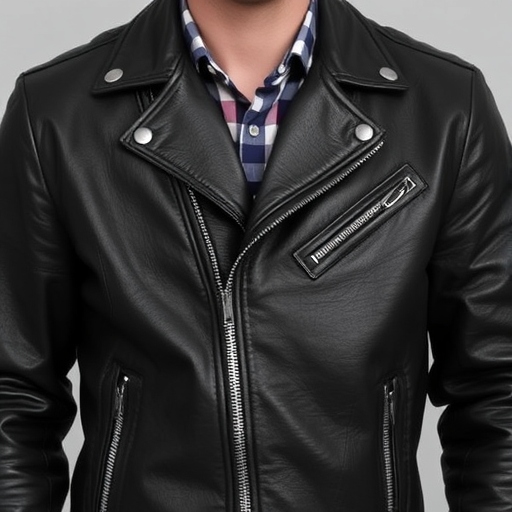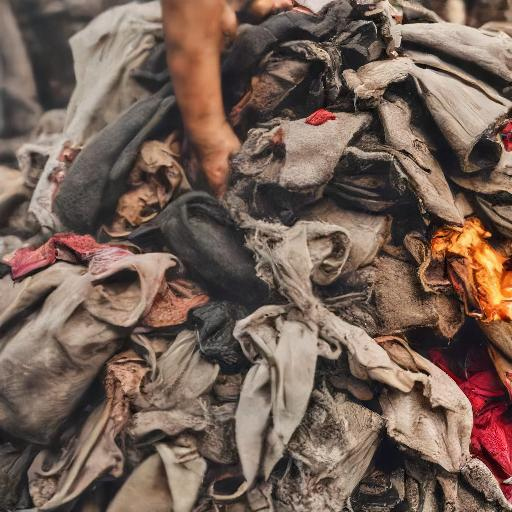Leather has been a highly prized material for centuries, valued for its durability, comfort and luxurious appearance. Over time, as technology and industry have evolved, alternative materials such as PU leather have emerged to mimic the quality of real leather while offering different advantages and disadvantages. In this comprehensive discussion, we take a close look at the differences between PU leather and genuine leather on a variety of scales, including composition, appearance, durability, comfort, cost, environmental impact, and maintenance. 1. Composition PU leather : PU leather, short for polyurethane leather, is a synthetic material created by applying a layer of polyurethane to the back of a fabric, often with the addition of a layer of polyvinyl chloride (PVC). This layering process gives PU leather its characteristic texture and appearance. It is important to note that PU leather is completely synthetic and contains no animal skin. Genuine leather : Genuine leather, as the name suggests, comes from real animal skin, typically from cattle. It comes from the top layer of the animal’s skin, the so-called grain. The production of genuine leather involves the tanning and processing of hides to make them suitable for various applications. 2. Appearance PU Leather : PU leather is designed to mimic the appearance of real leather. It can closely resemble the texture and grain of real leather. One key difference, however, is that PU leather often has a more even texture and color than genuine leather. This uniformity is a result of the manufacturing process, which allows for greater consistency in appearance. PU leather comes in a variety of finishes, including glossy and matte options. This versatility allows manufacturers to create different looks to suit consumer preferences. The glossy surface often resembles patent leather, while the matte surface provides a more restrained appearance. Real leather : Real leather gives a natural and unique look. It is characterized by the presence of imperfections associated with the animal’s skin. These imperfections can include wrinkles, pores, scars and discoloration. Far from being defects, these features give real leather products their authenticity and charm. The uniqueness of genuine leather ensures that no two pieces are exactly the same, making each product unique. Over time, genuine leather can develop a patina—a sheen that enhances its aesthetic appeal and sets it apart from synthetic alternatives. 3. Durability PU leather : One notable difference between PU leather and genuine leather is durability. PU leather, although designed to be flexible, is generally less durable than genuine leather. Its lifespan is affected by factors such as use, care and exposure to environmental conditions. Over time, PU leather can show signs of wear and tear, including cracking or peeling. This deterioration can be accelerated by overuse or exposure to harsh elements such as sunlight and moisture. Thus, the lifespan of PU leather products may be shorter compared to their genuine leather counterparts. Genuine leather : Genuine leather is famous for its extreme durability. With proper care and maintenance, products made of genuine leather will last for many years, even decades. Unlike PU leather, genuine leather tends to become more flexible and comfortable with use instead of wearing out. The natural fibers and structure of genuine leather resists tearing and wear. Also, genuine leather is less prone to cracking or peeling, making it a reliable choice for products that need to withstand daily wear and tear. 4. Convenience PU Leather : Comfort is an important factor to consider when evaluating leather materials, especially for footwear and seating. PU leather, while reasonably comfortable, has some limitations in terms of breathability. Its synthetic nature means it doesn’t allow air to pass through as easily as real leather. As a result, PU leather can become less comfortable in hot or humid conditions, causing the wearer to feel sticky or uncomfortable. This reduced air permeability can be a disadvantage in certain applications where prolonged use is expected. Genuine leather : Genuine leather excels in comfort, especially in applications where breathability is essential. Its natural properties allow it to breathe, adapt to the wearer’s body temperature and provide better comfort for longer. This breathability minimizes the likelihood of discomfort from sweating, making genuine leather an ideal choice for items such as shoes, gloves and upholstery. The ability of genuine leather to conform to the wearer’s body and provide a comfortable fit is one of its distinguishing advantages in terms of comfort and wearability. 5. Cost PU leather : One of the primary advantages of PU leather is its affordability. Due to its synthetic nature and the relatively cheap materials used in its production, PU leather is generally more budget-friendly than genuine leather. This affordability makes it available to a wider range of consumers. As a result, PU leather is generally used in the production of cost-effective fashion items, accessories and upholstery where cost considerations are paramount. It allows individuals to enjoy the look and feel of leather without paying the higher price of genuine leather. Genuine leather : Genuine leather is often more expensive than PU leather due to the cost of sourcing and processing animal skins. The tanning process can be particularly labor intensive and requires special skills. In addition, the quality and type of leather can significantly affect the price, full-grain leather is typically premium. Despite the higher cost, genuine leather is valued for its durability and luxurious appearance, making it an investment that provides long-term value and satisfaction to those who value its quality. 6. Environmental impact PU leather : The impact of materials on the environment is an increasingly important aspect in today’s world. As a synthetic material, PU leather has both positive and negative aspects regarding its environmental footprint. On the plus side, PU leather reduces the demand for animal hides, potentially alleviating environmental issues associated with animal farming. It is also a versatile material that can be produced with minimal waste and does not require live animals. However, the production of PU leather involves the use of chemicals and petroleum-based resources, which can have a negative environmental impact. During the production process, pollutants and greenhouse gases
Introduction and history of leather
Leather is the product of a wonderful structure of nature and beauty, with fine grain patterns that run beneath its grainy surface. It has long been an icon of authenticity, naturalness, a symbol of luxury, and its scent and touch are so deep that they evoke an ancient feeling of sensual pleasure. A major material of the past, evidence of its use dates back to Egyptian wall paintings and the Bible. They were used in a variety of ways including, but not limited to, tanned leather, leather treated with oil or grease, rawhide, parchment or vellum. One of the main reasons for its popularity is attributed to the fact that it is extremely useful, durable and desirable to use animal skin as a material. Animal skin, if left untreated, degrades very quickly due to bacterial decomposition. However, this process can be slowed down by curing the skin of the leather, tanning it, and making a resistant product. This durable leather product is popular for its flexibility, strength and flatness, as well as its availability in cultures where many animals are slaughtered for meat. The skin can be tough. firm and rigid like a basket, soft and flexible like a cloth, or watertight and hard like a vessel, all due to the different chemical and physical properties of the animal hide, species, and treatment method. Understanding the transformation of animal skin during tanning is very important for the creation and innovation of aesthetic leather products. Craftsmen often pay attention to the sensory nature of leather and how it feels to the touch, for example, vellum is used as a wall covering due to its tactile smoothness, while also being visually aesthetic. transparency and the texture created by the hair follicle. Since humans migrated to the Northern Hemisphere, leather has been a commonly used material in the past, as our ancestors have worn it since the Paleolithic era to protect them from the harsh cold. Around them were raw materials such as animal skins, which were shaped, rubbed, salted, dried and sewn for better use. According to the findings of the latest and most widespread archaeological excavations, it became widespread in Europe and the Mediterranean region, especially in the Roman period, as the technology of leather processing improved with the introduction of vegetable tanning. Leather has also been preserved and found in Egyptian chariot equipment over 3,000 years old, surviving the harsh arid environment of Egypt. This equipment was often used in fast-paced intense battles. One of the characteristics of the carts were straps, which were used to attach leather coverings to the wooden structures. The equipment worn by the coachmen was also made of leather, such as wrist guards, bridles, reins and straps. Some of the leather pieces were decorated with leather appliqués, others were plain. Leather was divided into two main groups based on robustness and color, green and red fine leather and green and beige robust leather. (Leather workshop showing the manufacture of various items associated with the chariot and the application of leather components such as tires to the chariot itself. From: Davies 1963, pl.VIII) In the Mediterranean, the skin was also used as wineskin, which was used to store wine. Wine’s ability to impart a unique flavor was one of the reasons why it became popular at feasts and drinking parties, as well as religious holidays. Cuir bouilli, the armor famously used in the Middle Ages, is made of hardened leather. The name itself is usually translated from Norman French as “boiled skin”. This non-metallic armor has amazing defensive properties against arrows, which explains its popularity. In the 19th century, Native Americans also used leather to make shields. The combat effectiveness of this Native American shield was noted by a US Army surgeon in 1862 who stated that this bull hide material was arrow-proof while weighing only eight to ten pounds. In some Northern European traditions of leathermaking, women used animal and processing methods to select the surface of the leather to make shoes that protected the feet from the wet fall and cold winter, often a point of pride for the wearer. of these shoes. But that’s all a long time ago, what about recently? In 1963, a new leather revolution began, started by men such as Johnny Piccard (young chemist), Charlie Lynch (marketing director) and Bill Lawson (B-17 fighter pilot). They have brought back what is often colloquially referred to as ‘bent for leather’. The development of leather processing machines from 1769 to around 1850 replaced manual processing. Leather is now as widely used as ever. Even the fast fashion artificial leather/PU leather technology could not replace the original material. Its durability and robustness are one of the reasons why it is favored in the luxury fashion industry. However, due to its high price, it was out of reach for the majority of middle class people around the world. We at GarmentsX strive to produce leather that the majority of the middle class population can afford. We can achieve this by sustainably recycling and processing the skin of animals used primarily for meat, which would otherwise have been thrown away, so that the end product is not only qualitatively better. and handicrafts, but also available to the majority of the population. You can discover our leather jackets in our online store Buneri.eu and order now! Author : Muhammad Salman Bsc Biology | University of Debrecen, Hungary References: WHY LEATHER? Material and Cultural Dimensions of Skin – Susanna Harris and André J. Veldmeijer | 2014 FAUX REAL: Real Leather and 200 Years of Inspired Fakes – Robert Kanigel
Caring for leather jackets: Cleaning process for longevity
Leather Jacket Care Guide: Cleaning Procedure for Longevity Leather jackets are timeless fashion items that can brighten up any outfit. However, in order for your leather jacket to last for years, proper care and cleaning is essential. By following these instructions, you can keep your leather jacket looking fabulous and looking well maintained. 1. Regular maintenance The key to extending the life of your leather jacket is regular maintenance. Here are some simple steps: 2. Site cleaning Accidents happen and your leather jacket can get spills or stains. To solve the problems: 3. Professional cleaning For deep cleaning or stubborn stains, it is best to seek professional help. Take your leather jacket to a reputable leather cleaner who has experience working with leather clothing. They have the expertise and tools to clean and restore your coat without causing any damage. 4. Weather protection Leather jackets are not immune to the elements. To protect the jacket from rain, snow or excessive moisture: 5. Avoid common mistakes To ensure the longevity of your leather jacket, avoid the following common mistakes: By following these instructions, you can keep your leather jackets in top condition and enjoy years of timeless appeal. Remember, proper care and cleaning is the key to longevity. So embrace your leather jacket and let it be a defining piece in your wardrobe for many seasons!
Behind the scenes of leather jacket production
Behind the scenes of the production of leather jackets made of the best quality leather Leather jackets are a timeless fashion item that radiates style, elegance and solidity. The production process of leather jackets involves skilled craftsmanship and the use of the best quality leather. In this article, we will take you behind the scenes of leather jacket production to understand the complex process and the importance of using high quality leather. High quality leather selection The first step in the production of leather jackets is the careful selection of leather. Only the highest quality leathers are selected to ensure durability, softness and a luxurious feel. High-quality leather comes from various sources, such as cowhide, lambskin, and goatskin. Each type of leather has its own unique characteristics that allow manufacturers to create jackets with different textures and finishes. Cutting and sewing After the leather is selected, it goes through a meticulous cutting process. Skilled craftsmen cut the leather pieces using patterns, ensuring accurate measurements and a perfect fit. The cut pieces are then sewn together using strong and durable threads. This sewing process requires expertise to create seamless and durable seams. Add details and features Leather jackets are known for their intricate details and features. These include zippers, buttons, pockets and decorative stitching. These elements have been carefully added to enhance the overall design and functionality of the jacket. The placement of these details is crucial to maintaining the balance and aesthetics of the jacket. Quality control and finishing Before the final product is ready, it undergoes strict quality control. Every jacket is inspected for imperfections, ensuring that only the highest quality products are brought to market. Any necessary adjustments or repairs are made at this stage. After the quality control process is completed, the jackets go through a finishing process that may include treatments such as polishing or waxing to give them a refined and attractive appearance. Conclusion The production of leather jackets is an art form that requires skill, attention to detail and the use of the highest quality leather. Behind the scenes, talented artisans work diligently to create stylish and durable jackets that stand the test of time. By understanding the meticulous process and the importance of using high quality leather, we can appreciate the craftsmanship and value of these timeless fashion pieces.
Debunking the Leather Jacket Myth: Separating Fact from Fiction
Debunking the Leather Jacket Myths: Separating Fact from Fiction Leather jackets have long been iconic fashion staples, symbolizing rebellion, ruggedness and timeless style. However, amid their popularity, there are many myths and misconceptions about these iconic garments. From concerns about maintenance requirements to ethical considerations to doubts about their durability, there is a lot of misinformation to deal with. In this comprehensive guide, we aim to debunk these myths, providing clarity and insight into the reality of owning and wearing a leather jacket. Myth #1: Leather Jackets Are High Maintenance One of the most common misconceptions about leather jackets is that they require high maintenance. While it is true that leather is a natural material that requires some care, the level of maintenance is often exaggerated. Fact: With proper care, leather jackets can maintain their beauty and durability for years. Regular cleaning with a damp cloth and leather conditioner will help maintain the elasticity of the material and prevent drying out. Also, you can extend the life of the jacket by storing it in a cool, dry place out of direct sunlight. Contrary to popular belief, leather jackets don’t need to be worn; designed to withstand the rigors of everyday wear. Misconception 2: Leather jackets are unethical There is a misconception that all leather production involves animal cruelty or contributes to environmental degradation. While there are certainly ethical concerns surrounding some aspects of the leather industry, not all leather production is unethical. Fact: Many leather jackets are made from byproducts of the meat industry, meaning the leather is a byproduct of animals raised for food. In such cases, the purchase of a leather jacket does not directly contribute to further harm to animals. In addition, ethical and sustainable practices are emerging in the leather industry, such as sourcing leather from responsibly raised animals and using environmentally friendly tanning processes. By choosing brands committed to ethical practices, consumers can enjoy the luxury of a leather jacket without compromising their values. Myth #3: Leather jackets are not durable Some skeptics argue that leather jackets are not as durable as their reputation suggests, claiming that they easily tear or lose their shape over time. Fact: High-quality leather jackets are incredibly durable and will last for years. Known for its strength and flexibility, genuine leather can withstand various weather conditions and daily use without significant damage. What’s more, with proper care and maintenance, leather jackets can improve with age, developing a unique patina that adds to their character and charm. Investing in a well-crafted leather jacket from a reputable brand will ensure longevity and durability, making it a timeless wardrobe staple. Myth #4: Leather jackets are only for bikers or rebels Another common misconception is that leather jackets are only worn by bikers, rebels or individuals with a distinct style. Fact: While leather jackets have undeniable associations with counterculture and rebellion, they have also become a versatile fashion item embraced by all walks of life. From classic biker styles to sleek bomber jackets and sophisticated blazers, there’s a leather jacket to suit every taste and occasion. Dressed up or down, a well-fitting leather jacket adds sophistication and cool to any outfit, transcending stereotypes and defying narrow categories. In conclusion, leather jackets are not as mysterious as some people think. By debunking these common myths, we can appreciate the beauty, versatility and enduring appeal of these iconic garments. With proper care, ethical considerations and an understanding of their durability, anyone can confidently rock a leather jacket as a timeless expression of style and individuality. So embrace your leather jacket with confidence, knowing you’re making a sustainable and stylish choice that will stand the test of time.
Sustainability in fashion: Sheepskin coats over PU leather jackets
Sustainability in fashion: Sheepskin coats over PU leather jackets In recent years, growing awareness of environmental issues has led to increased scrutiny of the materials used in everyday products. One such debate revolves around the sustainability of natural materials such as sheepskin versus synthetic alternatives such as polyurethane (PU) leather. Both materials have their advantages and disadvantages, but from an environmental point of view, lambskin is generally more sustainable. In this article, we examine the reasons for this, including resource consumption, biodegradability, durability, and overall environmental impact. 1. Material source and production process The first key factor in determining the sustainability of a material is the source and production process of the material. Sheepskin: Sheepskin is a byproduct of the meat industry, which means it uses materials that would otherwise become waste. This makes it a more resource efficient choice as there is no need to raise additional animals solely for their hides. However, the tanning process can be chemically intensive, especially if traditional methods involving chromium are used. However, modern eco-friendly tanning processes such as vegetable tanning are becoming increasingly popular, reducing the environmental impact of leather production.PU leather: Polyurethane leather, often called “vegan leather”, is a petroleum-based product. Its primary material, polyurethane, is derived from fossil fuels, which are not renewable resources. The production of PU leather involves significant energy consumption and harmful emissions, including volatile organic compounds (VOCs). In addition, the chemical processes used to produce PU leather contribute to environmental damage. In terms of raw material procurement, sheepskin ranks first due to its reliance on existing agricultural industries, while PU leather is less sustainable in terms of resource consumption due to its dependence on fossil fuels. 2. Biodegradability Another critical aspect of sustainability is how well a material decomposes at the end of its life cycle. A sustainable material should not contribute to long-term pollution of the environment after disposal. Sheepskin: Natural leather, including sheepskin, is biodegradable under the right conditions. It breaks down into organic matter over time, especially when treated with vegetable tanning agents instead of harmful chemicals. This makes it a more environmentally friendly option in terms of environmental impact after use. Chrome tanned leather takes longer to break down, but still breaks down much better than synthetic alternatives. PU leather: PU leather, on the other hand, is a synthetic material made from plastic polymers. It is non-biodegradable and can remain in landfills for hundreds of years. During its decomposition, microplastics are released into the environment, which pose a threat to wildlife and ecosystems. Even if recycled, the quality of PU leather often deteriorates after each cycle, limiting its recyclability. Considering the biological degradability of sheepskin, it is clearly more sustainable in the long term compared to PU leather. 3. Durability and longevityThe lifespan of a product plays a significant role in its overall sustainability. Longer-lasting, durable materials reduce the need for frequent replacements, which in turn reduces the environmental impact of manufacturing, shipping and landfilling. Lambskin: Lambskin is known for its durability and ability to age with dignity. With proper care, leather products can last for decades and acquire a patina over time, which increases their aesthetic appeal. This longevity reduces the need for replacement, thus conserving resources and reducing the overall environmental footprint. PU Leather: PU leather, while often designed to mimic the look of real leather, is generally less durable. It is prone to cracking and peeling, especially when exposed to heat or moisture. This shorter lifespan means that PU leather products often need to be replaced more often, which over time leads to more material use and more waste. In terms of longevity, lambskin offers a more sustainable solution as it reduces the need for frequent replacements and minimizes resource consumption over time. 4. Environmental impact of disposal Disposal is the last stage of the material’s life cycle, and handling the material at this stage can have profound environmental consequences. Lambskin: As mentioned earlier, natural leather is biodegradable, which means it can return to the earth without causing long-term environmental damage. Some leather products can also be composted depending on the tanning process used. Although the composting or decomposition process requires some energy, it does not lead to the harmful accumulation of non-degradable waste. PU leather: Being a plastic-based material, PU leather not only takes hundreds of years to decompose, but also emits toxic chemicals during its decomposition. These chemicals, such as phthalates and dioxins, can leach into soil and water systems, causing long-term pollution. Furthermore, burning PU leather can release harmful gases into the atmosphere, contributing to air pollution and climate change. In terms of disposal, lambskin has a much smaller environmental impact than PU leather, making it a more sustainable choice. 5. Ethical Considerations While some may argue that synthetic materials such as PU leather are more ethical due to their animal-free production, the wider environmental impact of fossil fuel-based synthetics must also be considered. Sheepskin’s status as a byproduct of the meat industry means that no additional animals are raised or killed solely for their skin, which reduces the ethical burden. The environmental damage caused by the production and disposal of PU leather raises questions about the ethics of using petrochemical-derived materials in a world where sustainability is increasingly a priority. Conclusion Despite being a natural, animal-derived material, lambskin has many advantages over PU leather in terms of sustainability. From reliance on renewable agricultural by-products, to biodegradability and excellent durability, sheepskin outperforms PU leather in almost every environmental impact category. While PU leather offers a cruelty-free alternative to the use of animals, it is overall a less sustainable solution due to its significant environmental costs in terms of resource consumption, biodegradability and environmental pollution. References:

